
Solar Lighting for Rural Homes: Illuminating Lives with Sustainable Energy
In many rural parts of India, access to reliable and sustainable electricity remains a challenge. Despite the advancements in technology and infrastructure in urban areas, rural regions often lag in energy accessibility. However, the rise of solar energy solutions offers a promising path forward. Solar lighting for rural homes not only brings light to these communities but also enhances the quality of life, productivity, and environmental sustainability. In this blog, we will explore the significance of solar lighting in rural areas, its applications, and the role of solar energy manufacturers in transforming lives.
The Current State of Electricity in Rural India
India's rural electrification program has evolved through multiple phases of improvement, driven by substantial interventions from the Government of India. Despite these efforts, as of April 1, 2015, there were still 18,452 villages that remained unelectrified. (Source: https://powermin.gov.in/)
Rural India faces significant challenges in accessing reliable electricity. Rural households in India still lack access to electricity, relying instead on traditional and often hazardous energy sources like kerosene lamps. Even in electrified areas, power cuts are frequent, and the quality of supply is often poor. This unreliable energy access hampers economic development, education, healthcare, and overall quality of life.
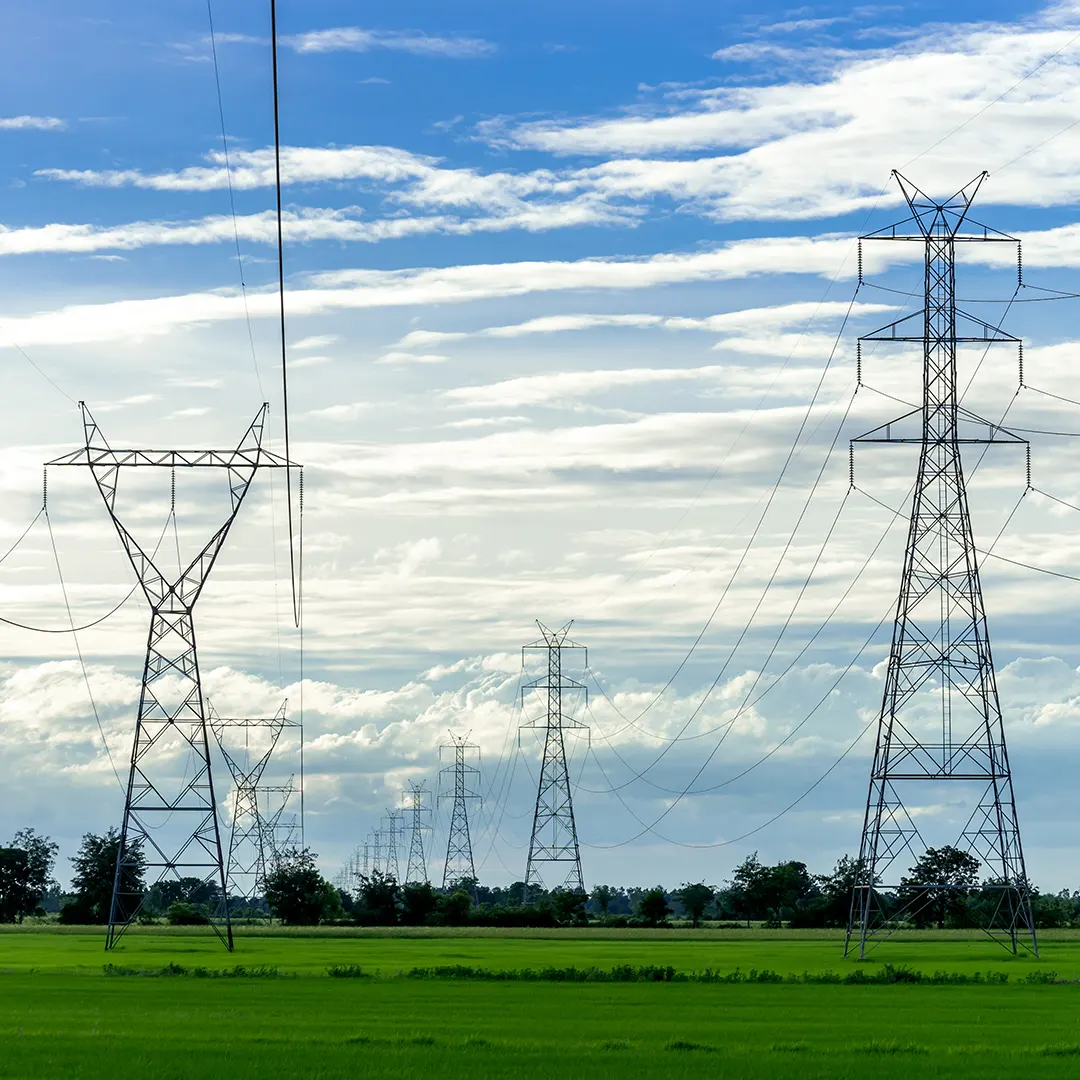

The Challenges of Inadequate Power Infrastructure
The challenges posed by inadequate power infrastructure in rural India are multifaceted. Poor grid connectivity, frequent power outages, and low voltage issues are common. These challenges are exacerbated by the geographical diversity of India, which makes it difficult and expensive to extend the grid to remote areas. Additionally, rural households often face financial constraints, making it challenging to afford connection fees and energy bills. This situation forces many to rely on inefficient and polluting energy sources.
Relying on Traditional and Inefficient Energy Sources
In the absence of reliable electricity, many rural households resort to using kerosene lamps and wood-burning stoves for lighting and cooking. These traditional energy sources are not only inefficient but also pose serious health risks due to indoor air pollution. The smoke from kerosene lamps and wood stoves is a leading cause of respiratory diseases, particularly among women and children. Moreover, these sources are expensive in the long run and contribute to environmental degradation through carbon emissions.
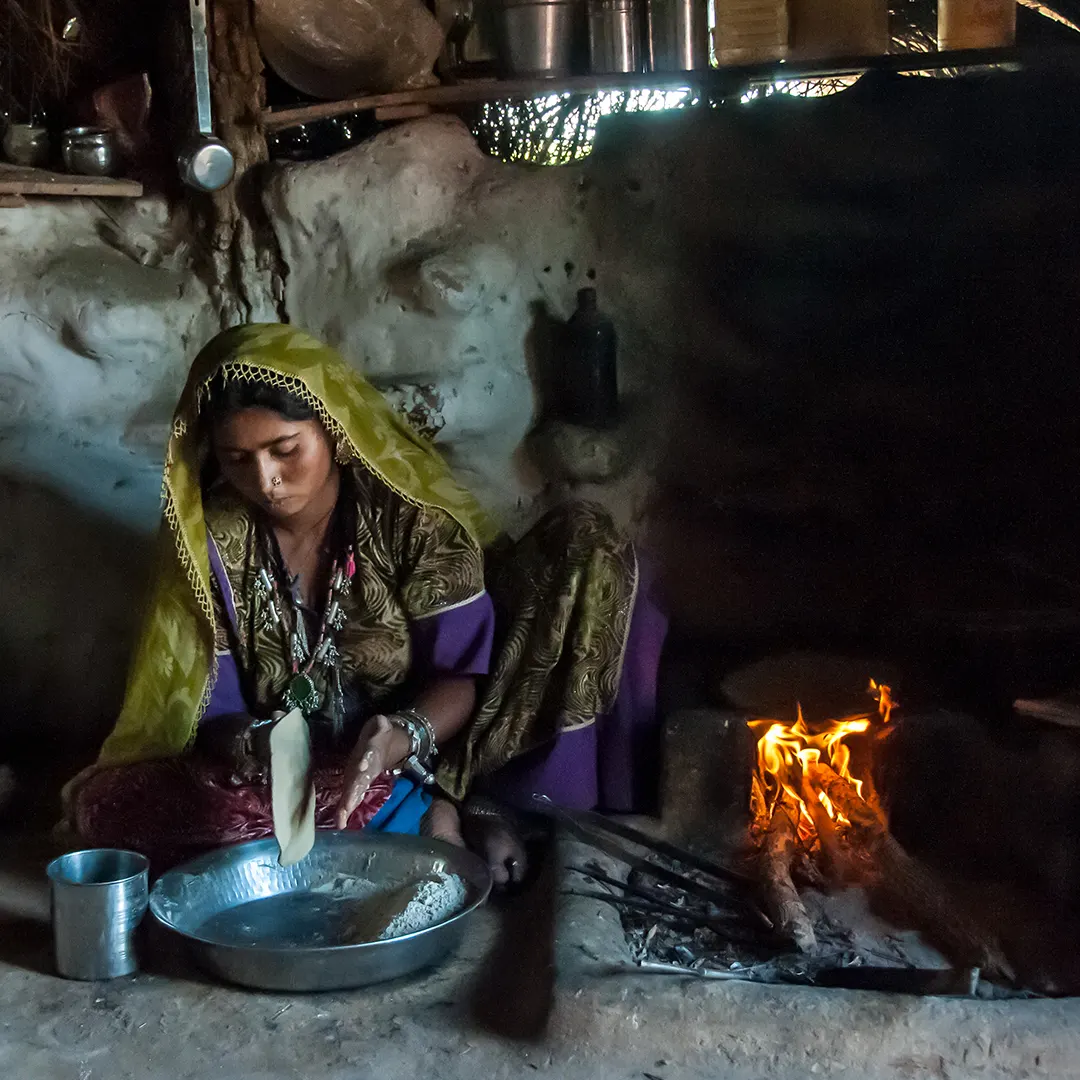
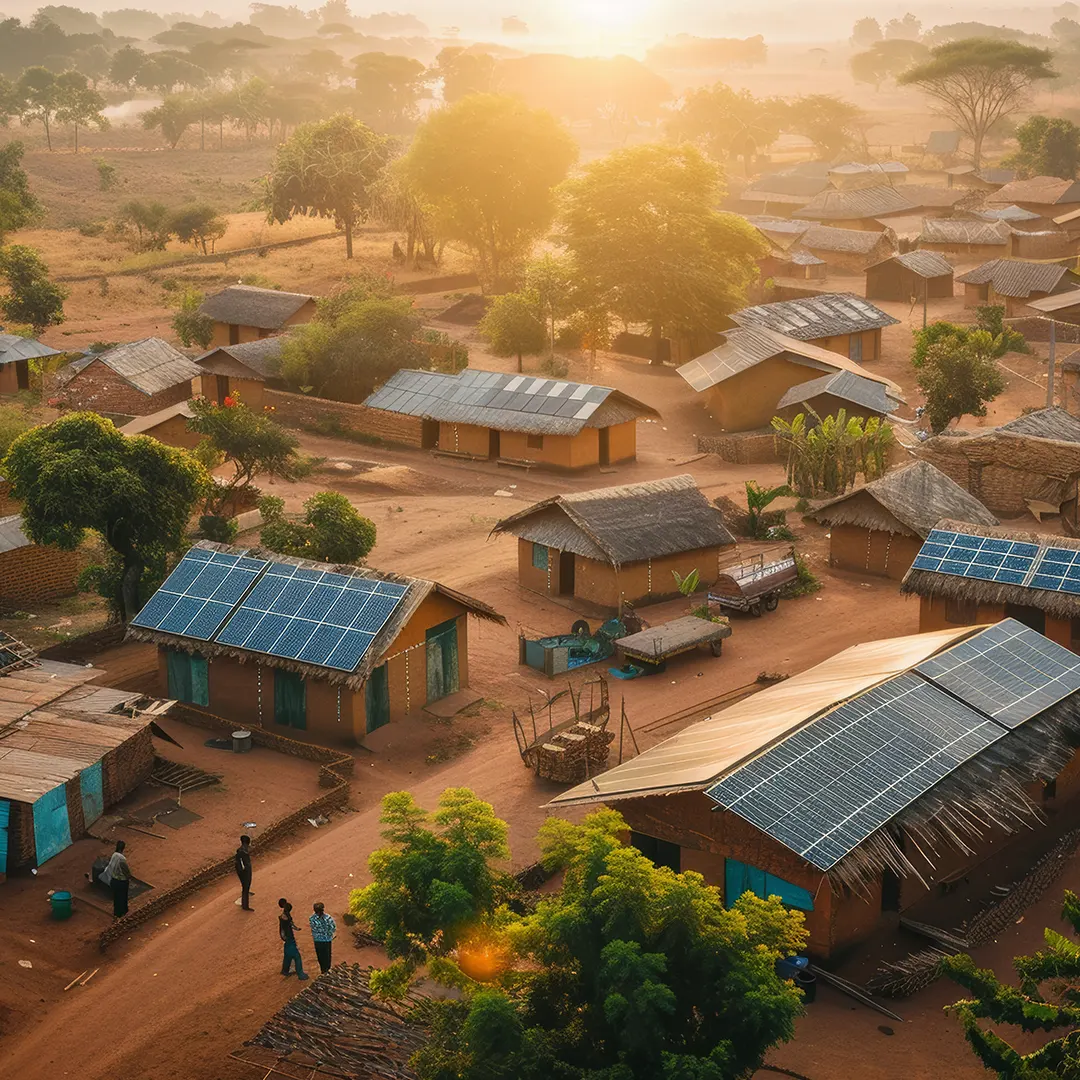
Uses of Solar Energy in Rural Development
Solar energy is becoming increasingly vital in renewable energy systems, offering significant potential to transform rural areas in India. As solar energy applications continue to expand, we are exploring how to harness this power effectively.
Solar energy is versatile, functioning across diverse landscapes, from plains to mountains. Remarkably, the amount of sunlight that hits Earth in just 90 minutes can meet the world's energy needs for an entire year, highlighting the immense potential of solar power as a primary energy source. With its abundant solar exposure, India has a substantial potential for solar PV systems, estimated at around 748 GW by the National Institute of Solar Energy (NISE).
Solar energy has revolutionized rural economies, fostering sustainability. It provides innovative solutions such as solar lighting and powered agricultural systems, enabling rural areas to become more self-sufficient and vibrant.
By enhancing productivity, improving farming techniques, and providing access to clean water, solar energy is positively transforming lives in rural communities.
Lighting and Increased Productivity
Solar lighting systems provide a reliable and clean source of light, extending productive hours in the day. With adequate lighting, students can study after sunset, small businesses can operate longer hours, and households can engage in productive activities, improving overall living standards.
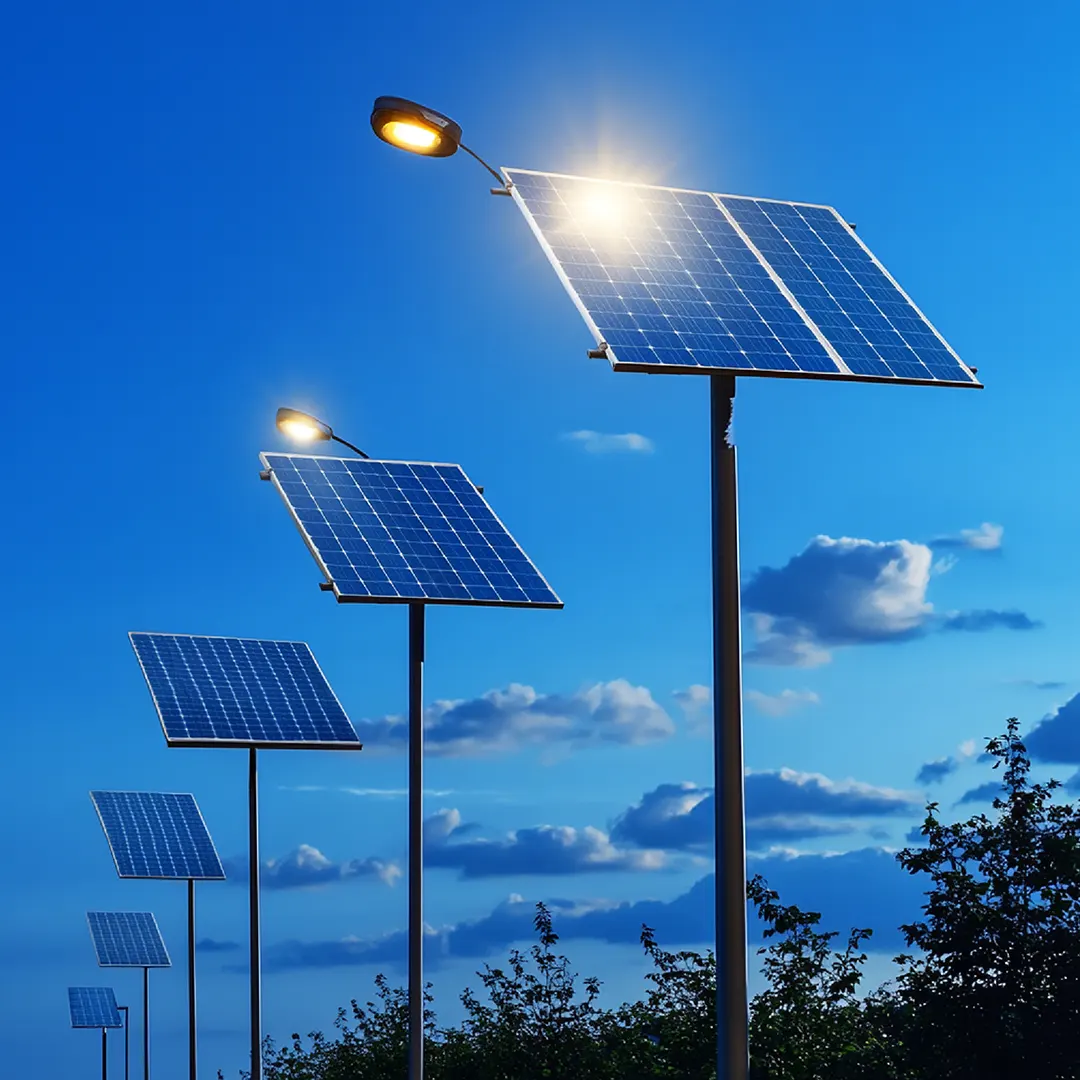
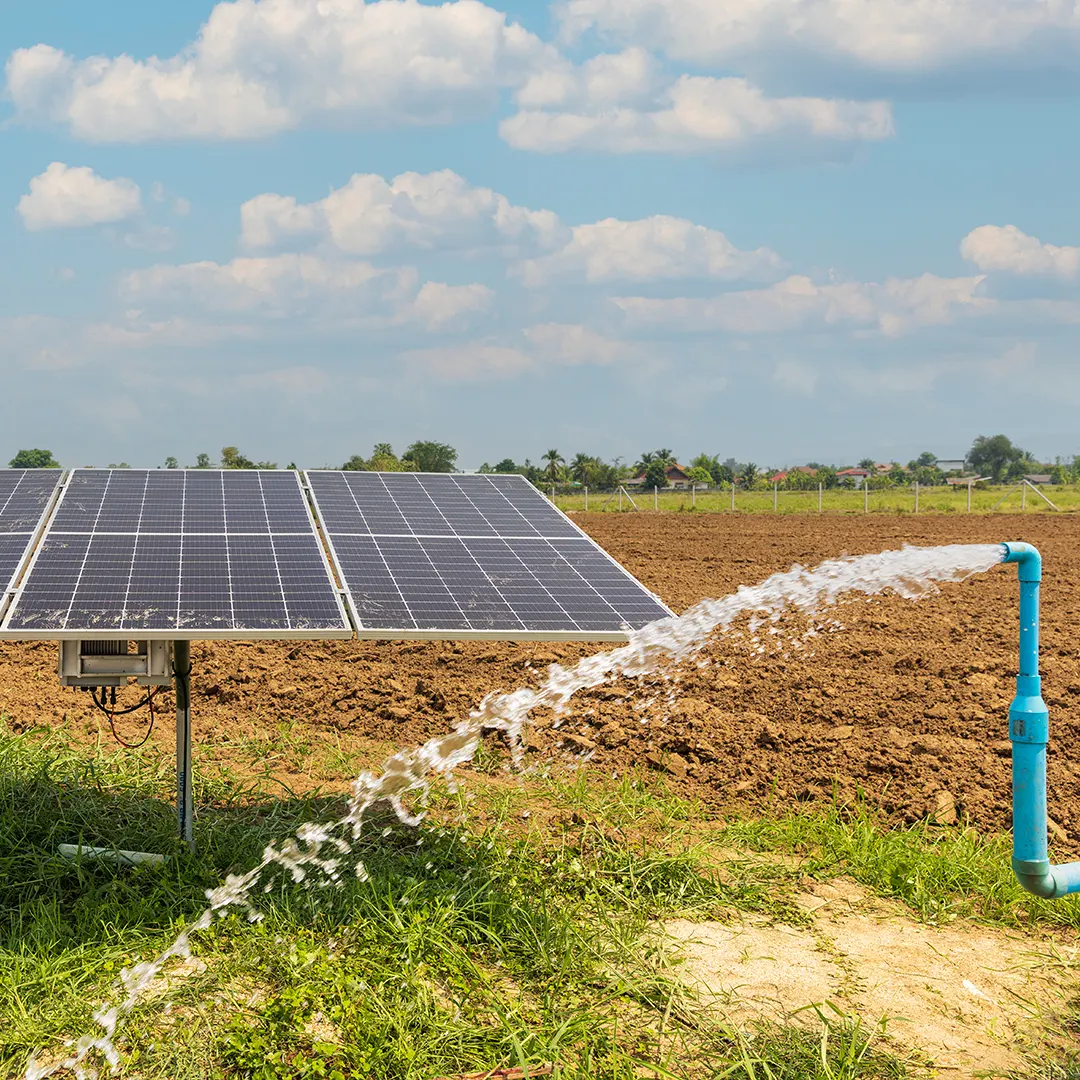
Powering Agriculture with Solar Pumps
Agriculture is the backbone of rural India, and access to water is crucial for farming. Solar-powered water pumps offer a sustainable solution for irrigation, reducing dependency on diesel pumps and grid electricity. These pumps are cost-effective, environmentally friendly, and easy to maintain, making them an ideal choice for rural farmers.
Solar Solutions for Clean Water Access
In many rural areas, access to clean drinking water is a challenge. Solar-powered water purification systems can provide safe drinking water, reducing the incidence of waterborne diseases. These systems are especially useful in remote areas where traditional water infrastructure is lacking.

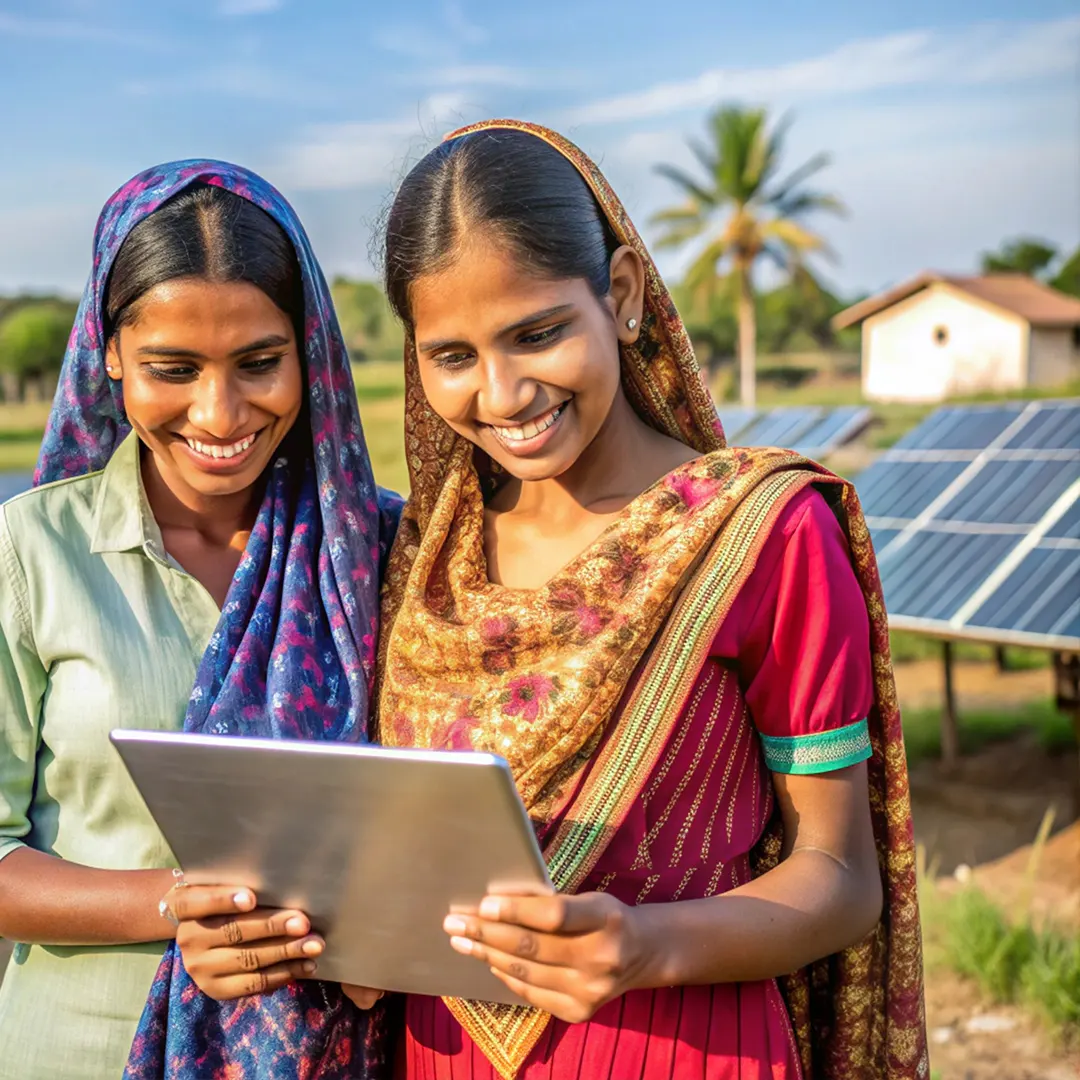
Health and Environmental Benefits of Solar Adoption
The adoption of solar energy in rural areas brings numerous health and environmental benefits. By replacing kerosene lamps with solar lighting, the risk of respiratory illnesses due to indoor air pollution is significantly reduced. Additionally, solar energy is a clean and renewable source of power, reducing the carbon footprint and mitigating climate change. Solar modules from reputable solar energy manufacturers are designed to last for decades, providing a long-term solution to energy needs without the environmental costs associated with fossil fuels.
The Role of the Indian Government and Private Sector
The Indian government, recognizing the potential of solar energy, has launched several initiatives to promote its adoption in rural areas. Programs like the Pradhan Mantri Sahaj Bijli Har Ghar Yojana (Saubhagya) aim to provide electricity to all households, while schemes like the Kisan Urja Suraksha evam Utthaan Mahabhiyan (KUSUM) that support the installation of solar pumps for irrigation. Additionally, many other subsidies and incentives are provided to encourage the use of solar energy.
The private sector, including top solar panel manufacturers in India, plays a crucial role in this transformation. These companies invest in research and development to produce high-efficiency solar modules and offer financing solutions to make solar energy affordable for rural households. By collaborating with the government and local organizations, the private sector helps bridge the energy gap in rural India.
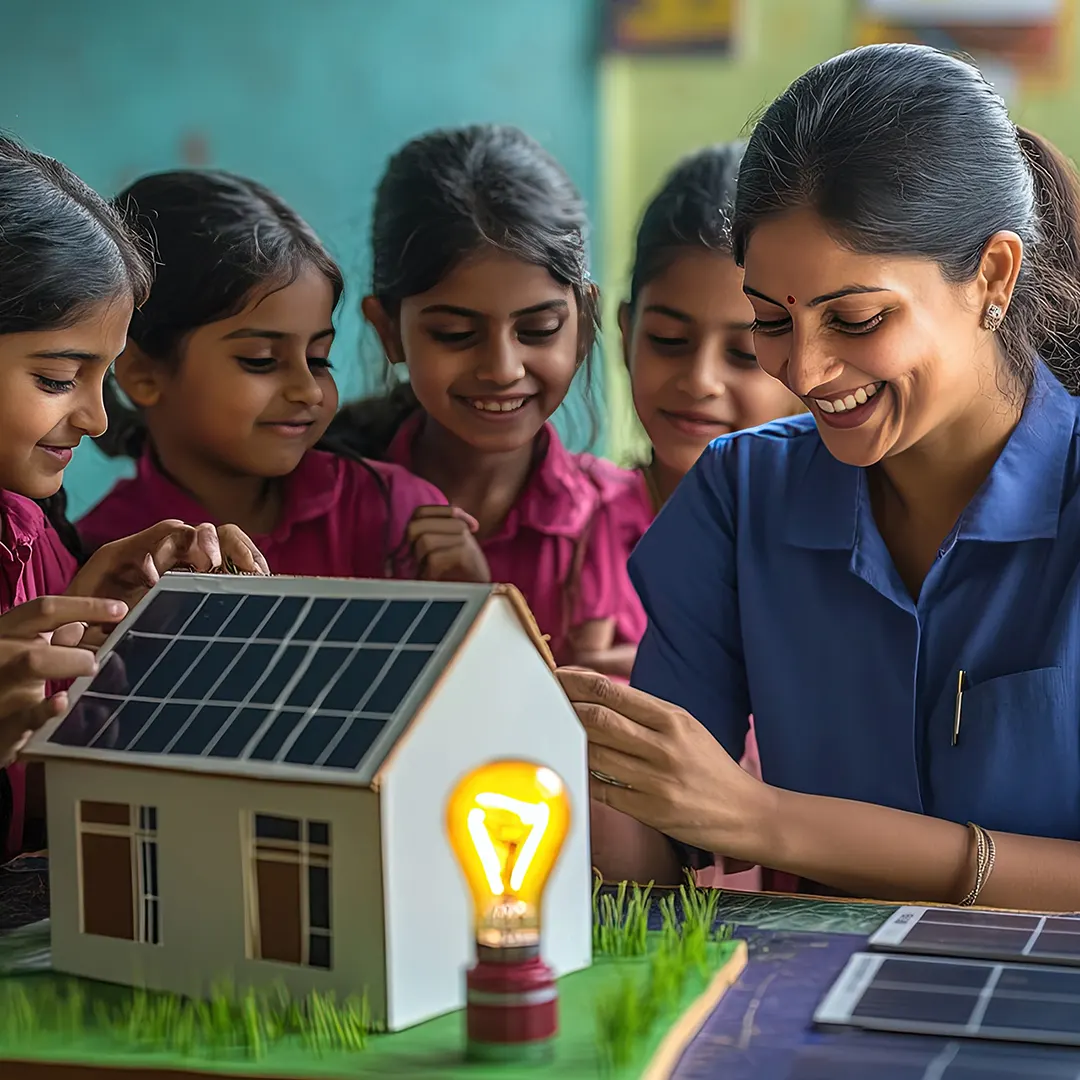
Social Impacts: Enhancing Quality of Life
The introduction of solar lighting and other solar energy solutions in rural areas has profound social impacts. Access to reliable and clean energy improves education, healthcare, and economic opportunities. Schools can operate in the evening, healthcare facilities can provide better services, and businesses can thrive, leading to overall community development. Moreover, the reduced reliance on polluting energy sources improves health outcomes and enhances the quality of life for rural residents.
Wrapping Up
Solar energy is more than just a source of power; it is a catalyst for transformation in rural India. By offering clean, reliable, and affordable electricity, solar energy is revolutionizing lives and livelihoods in villages throughout the country. As technology advances and awareness increases, the potential of solar energy to foster sustainable development in rural India becomes boundless. With ongoing support from governments, businesses, and communities, solar power will continue to light the way to a brighter future for rural India.
The efforts of solar manufacturers, the government, and the private sector are crucial in making this vision a reality. As we move towards a more sustainable future, the role of solar energy in rural development will only grow, illuminating lives and empowering communities across India.
For more information on high-quality solar modules and solutions, visit PIXON.